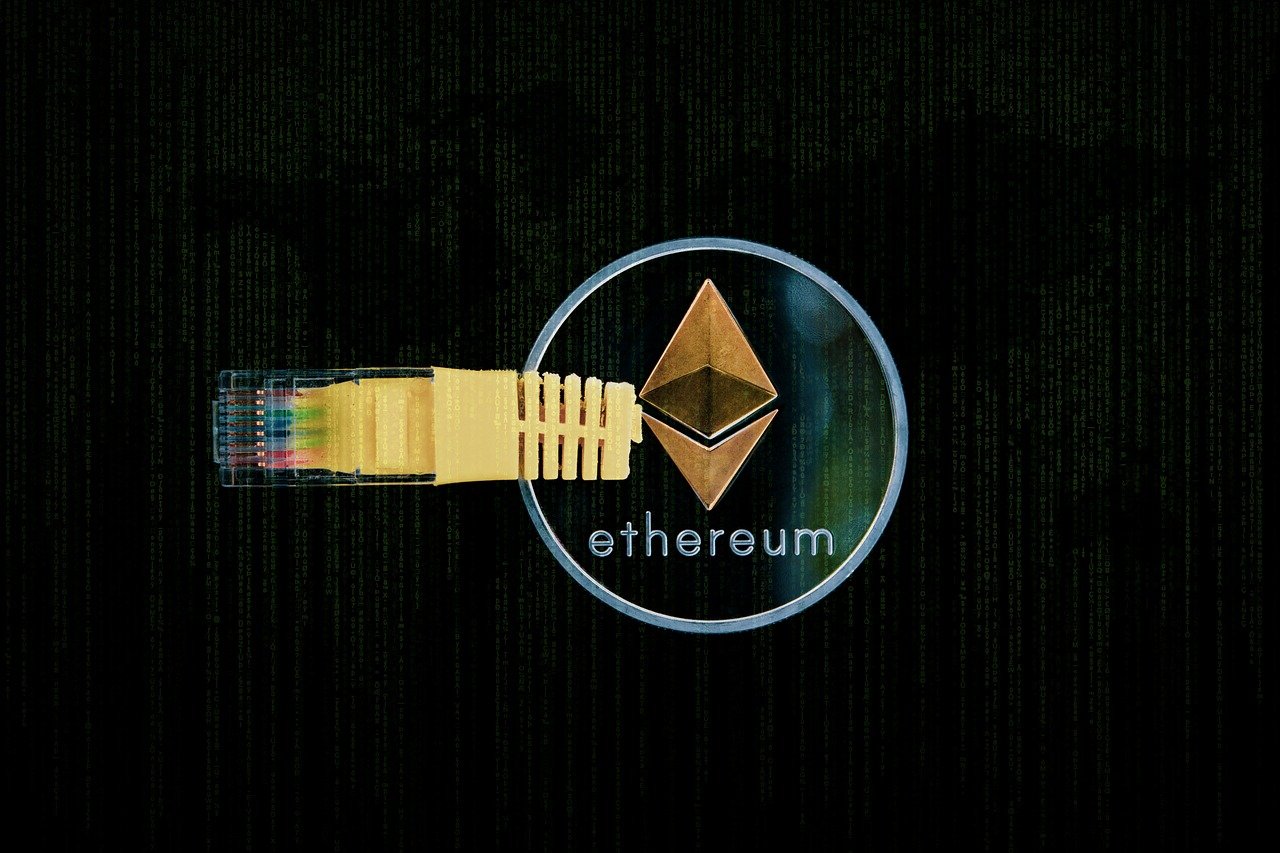Here’s Ethereum co-founder’s take on algorithmic stablecoins

Ethereum’s Vitalik Buterin has offered two thought experiments on how to establish whether an algorithmic (algo) stablecoin is feasible in the long term. On 25 May, Buterin remarked that increased examination of crypto and DeFi in the aftermath of Terra’s meltdown is “really beneficial. However, he advised against dismissing any algo-stablecoins completely.
Buterin’s comments were sparked by Terra’s UST losing its $1 peg three weeks ago, dropping its LUNA token from $77 to $0.00014. This put the Terra blockchain at risk, wiping out $42 billion from the crypto-market.
Two thought experiments from Buterin
While he praised Terra’s meltdown for bringing “a higher level of scrutiny on DeFi financial mechanisms,” he dismissed the notion that automated stablecoins are defective by design. He said,
“What we need is not stablecoin boosterism or stablecoin doomerism, but rather a return to principles-based thinking. While there are plenty of automated stablecoin designs that are fundamentally flawed and doomed to collapse eventually, and plenty more that can survive theoretically but are highly risky, there are also many stablecoins that are highly robust in theory, and have survived extreme tests of crypto market conditions in practice.”
His blog focused on Reflexer’s fully Ether-collateralized RAI stablecoin in particular. RAI stablecoin is not tied to the value of fiat money and instead, employs algorithms to set an interest rate that proportionally opposes market volatility. It also motivates users to return RAI to its targeted price range.
It “exemplifies the pure ‘ideal type’ of a collateralized automated stablecoin,” according to Buterin. And, its structure also allows users to withdraw their liquidity in ETH if their faith in the stablecoin deteriorates. He mentioned two thought experiments that can help determine the authenticity of automated stablecoins.
Can the stablecoin ‘wind down’ to zero users?
Users should be able to take the fair value of their liquidity from a stablecoin project if market activity “drops to near nil,” according to Buterin.
He also argued that UST fails to meet this criterion because of its structure, which requires LUNA, or what he refers to as a volume currency (volcoin), to maintain its price and user demand to maintain its USD peg. If the contrary occurs, it will be nearly hard to stop both assets from collapsing.
“First, the volcoin price drops. Then, the stablecoin starts to shake. The system attempts to shore up stablecoin demand by issuing more volcoins. With confidence in the system low, there are few buyers, so the volcoin price rapidly falls. Finally, once the volcoin price is near-zero, the stablecoin also collapses.”
The exec also claimed that because RAI is backed by ETH, a decline in confidence in the stablecoin would not result in a negative feedback loop between the two assets. This, by extension, might reduce the risk of a broader collapse.
The second thought experiment would be to see if the stablecoin protocol allowed for the “implementation of a negative interest rate.” To put it another way, the algorithm should be capable of wiping out the potential growth rate of the index to which the stablecoin is linked.
The exec believes that this is a fundamental aspect that, over time, distinguishes a trustworthy protocol from a Ponzi scheme.
Are these experiments still not enough?
There’s a caveat, however. Buterin continued by emphasizing that an algo-ability stablecoin to handle the circumstances outlined above does not imply that it is “secure.”
“It could still be fragile for other reasons (eg. insufficient collateral ratios), or have bugs or governance vulnerabilities. But steady-state and extreme-case soundness should always be one of the first things that we check for.”






